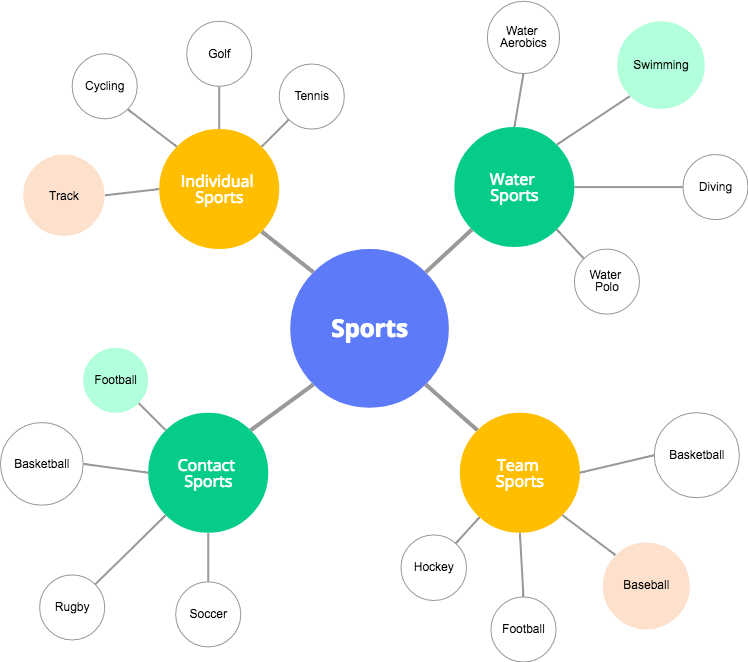It is an agreed upon fact that the minds of young learners work like sponges, absorbing any and all information that they get from their teachers, parents, and even from each other. But at some point in the information acquisition stage, retention becomes a problem.
Simply put, as the volume of information given to a child increases, the less likely they are to remember everything perfectly. This is a situation we have all been in, be it in high school and having to study for an all important test, or in college, pulling all-nighters to study for finals.
Some take the more obvious route of cramming, or rote memorization, which is great for short periods, but isn’t a strategy towards long term retention of information. But students who use this method are likely to forget a large deal of what they have drilled themselves on as soon as their immediate goal has been accomplished.
So what is the best way to ensure that students not only get the most out of instruction, but also make meaningful, long-term connections to the information they receive from their teachers?
This is a question that is bound to be on most parents’ and educators’ minds, especially now, in the wake of the government’s directive to conduct all learning online for the time being.

Michelle Myers
Michelle Myers, director at Teacher’s House, a platform that provides foreign teachers working in China with advice, support and resources, gives her take on a method which continues to grow in popularity amongst pedagogical circles the world over – Mind Mapping.
Mind Maps – What are they and how do you use them?
Mind Maps are starting to become a bit of a buzzword in ESL and training centers among other learning environments, are jumping on board by offering courses on how to improve your child’s test scores simply by learning how to use them. But what exactly is a Mind Map and how can [students]use it?
A Mind Map is a highly effective way of getting information in and out of your brain – it is a creative and logical means of note-taking and note-making that literally “maps out” your ideas.
This example starts with “Sports” as the main idea, branches out into different categories, and then drills down into the actual sports themselves.

All Mind Maps have some commonalities. They have a natural organizational structure that radiates from the center and use lines, symbols, words, color and images according to simple, brain-friendly concepts. Mind mapping converts a long list of monotonous information into a colorful, memorable and highly organized diagram that works in line with your brain’s natural way of doing things.
How does a Mind Map help students?
The Institute for the Advancement of Research in Education (IARE) conducted a research study in 2003 entitled Graphic Organizers: A Review of Scientifically Based Research. The study concluded that graphic organizers, which a Mind Map is:
– improve reading comprehension
– benefit students achievement levels
– enhance thinking and learning skills
– increase retention
– support cognitive learning theory
In simple terms, Mind Maps help [the]student improve their understanding of what they are reading, improve their ability to think and learn and increase their ability to retain and recall information in test situations.
A Mind Map is an easy tool to learn to master, and is a fantastic skill for teachers to use in class in a variety of ways.
How would you use Mind Maps in class?
I use Mind Maps on a regular basis in my classes and with students from 6 years up.
Review
Mind Maps are a great way to review content. Write the main idea or theme in the middle circle and have students call out or come to the board and complete a section.
This Fruit Mind Map can review the topic (fruit), colors, appearance, taste and categories.

Writing
Asking to write a few sentences or a fully constructed paragraph or essay can strike fear in most students, but showing them how to use a Mind Map to organize their thoughts and structure their writing will lead to improvements all round.
Let’s take the task of writing a paragraph on your family. Most students will immediately think “mother, father, grandparents” and this is what you’ll get as a result.

Using a Mind Map to talk about their family first gives students a broader range to write about. This example talks about family structure, location, individual likes and family hobbies.
From this Mind Map, a student could produce a paragraph similar to this.

Very Young Learners
Mind Maps aren’t just for older students though. Very Young Learners (VYL), students who are younger than 5 years old, can also benefit. This example from an experienced VYL teacher shows how a Mind Map can introduce a new sub topic, Pets, and set it apart from the larger topic of animals.

Where can parents and instructors learn about Mind Maps?
Mind Maps are easily found on any Internet search and are simple to learn. However, if you are a parent or teacher and wish to help your student improve by using Mind Maps, we suggest the Tony Buzan Mind Maps for Kids collection.

Photo credits: Alex Ganziuk, Michelle Myers, Pixabay




